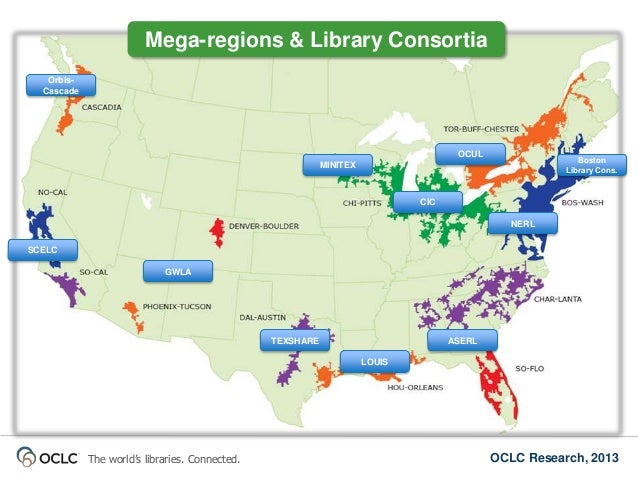 |
| The Borg Insignia |
Being acquired by a larger organization is a curious experience. We received many emails in January when the change was announced, most congratulatory, some concerned. One humorous subject line in particular stood out: "You have been assimilated by the Borg. Resistance is futile." We got a kick out of that one.
Nearly six months later, my colleagues Ruth, Andy, Eric, and I can report few Borg-like symptoms. Maybe it's just the assimilation talking, but it's actually been a pretty good experience to become part of OCLC. It has certainly been an adjustment to morph from a 4-person start-up to a 1,300 person pillar of the profession. Our planning cycles have lengthened. We have a few more rules to follow. We have many brilliant new colleagues.
But the most striking changes have been operational. We have in fact enjoyed some of those much-ballyhooed synergies that are claimed or implied in every press released related to an acquisition. They actually exist! And some of them have been immediate and powerful.
- The Turbo Button: Since the initial SCS-OCLC partnership was formed in 2012, SCS accessed WorldCat holdings data via an API. This API was never designed to support the large batch lookups SCS was performing, but for three years we made it work, with excellent support from OCLC. But even when running at peak capacity, we could manage holdings lookups for only 200,000 titles per day. Now we have direct access to WorldCat, and it's as if we've gone from a go-cart to NASCAR. Working with colleagues in Data Services, we have created a batch process that allows us to do in hours what used to take days. This has allowed us to get data into GreenGlass more quickly, and to handle more projects. Even better, we can support larger group projects, such as the Eastern Academic Scholars' Trust (EAST), with 40 libraries and 22 million bib records.
- GreenGlass for Groups (G3): SCS enjoyed our life as a bootstrap start-up, funding the
development of GreenGlass and other services from our own pockets and sales. As we better understood the analytics and decision-support tools that were needed, though, our ideas exceeded our ability to finance and build them. In particular, we needed a version of GreenGlass to support consortia and shared print projects. GreenGlass for Groups (try saying that three times fast and you'll see why we call it G3!) will enable participating libraries to develop, iterate, and visualize models for shared retention and stewardship. Each library can also view its collection in the context of the whole group or designated sub-groups. With OCLC's support, we will have G3 up and running this fall.
Sample G3 Screen
- E-Book/Print Book Overlap: We've also gained access to OCLC Work ID's. Work ID's cluster related editions in a manner that enables much more sophisticated matching. It becomes possible to consider related print editions, as well as overlap between print and e-book editions owned by the library. We are supporting this matching on a custom basis for now, but plan to integrate these capabilities into GreenGlass as soon as the G3 work is completed. For now, it has significantly improved our ability to present multiple editions simultaneously for retention consideration.
 |
| Shared Print Project LifeCycle |
- Alignment with OCLC Shared Print Initiatives: As I've noted in other posts, retention and withdrawal decisions ultimately create additional work downstream. Materials may need to be transferred or withdrawn, and remaining collections shifted. There are records to be maintained in the local catalog, union catalog, and in WorldCat. In collaboration with our colleagues in OCLC Shared Print, we have developed a lifecycle model for print collections, and plan to develop services to support each segment of that workflow. An early example is batch registration of retention commitments. Once retention commitments are registered, it will be possible to distinguish committed holdings from ordinary holdings. With strong community participation, this will enhance the effectiveness and precision of subsequent collection analysis and shared print projects. It will also ultimately improve the efficiency of resource sharing.
The Borg, it turns out, is powerful for good reason. The scale and dispersion of WorldCat data, and the depth of talent within the organization make it fertile ground for innovation and development. Just bring the ideas.
